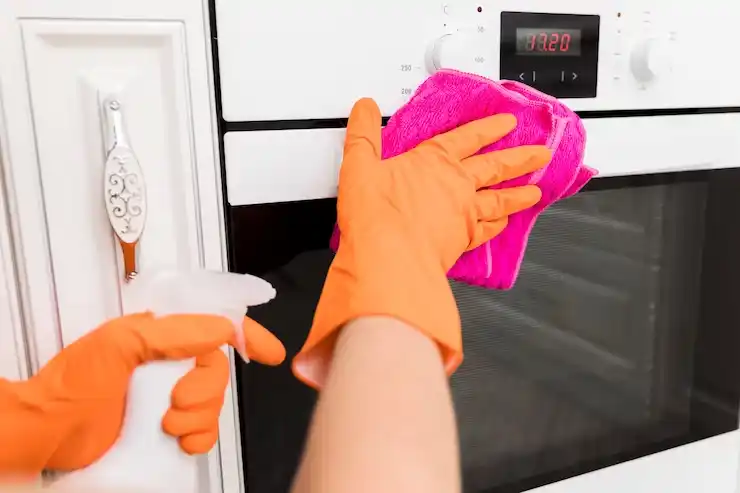Have you ever seen some grime buildup inside your washing machine?
Your precious clothes may be stained with weird marks and debris. You may also have caught a whiff of sulphur or rotten eggs while transferring your laundry to your dryer. That means one thing: your washing machine needs some serious cleaning.
A common washing machine misconception is that it never has to be cleaned because, let’s face it, we rely on it to clean towels, linens, and clothes. Why would it ever need cleaning? We are truly mistaken. You should be cleaning your washing machine once a month.
Grime buildup is caused by all the dirt that disappears from your washed clothes and sheets, which become stuck inside your washing machine over time. Without regular cleaning, our trusty appliance might also harbour leftover hard-water deposits, detergent, and even mould or mildew around its lid, creating a funky smell.
Let’s take a look at these step-by-step instructions on how to properly clean a washing machine.
Quick note: If your washing machine has a self-clean function, choose that cycle and follow the manufacturer’s instructions to clean the inside of the machine. Otherwise, you can use the simple process below to eliminate buildup in washing machine hoses and pipes and ensure your clothes stay fresh and clean.
1. Remove any debris or pet hair
Be careful of any pet hair that sheds around the house that may go inside your washing after running several loads. Using your vacuum’s soft brush attachment, vacuum out extra fur.
2. Run the First Hot Cycle with Vinegar
Fill the empty washer with hot water, and add two cups of white vinegar inside the detergent dispenser as if you’re doing a large load of laundry. Don’t worry, vinegar won’t harm your machine nor your clothes. This hot water-vinegar combo removes and prevents bacteria growth. Vinegar also acts as a deodorizer and cuts through mildew odours.
3. Clean the interior and exterior of the machine
Mix about 1/4 cup vinegar with a quart of warm water and use a sponge and dedicated toothbrush to scrub the machine. Scrub it thoroughly, especially around the door opening, the dispensers, and inside the door. Scrub outside the machine as well.
4. Run a Second Hot Cycle
Fill the machine with hot water, but without any detergent or vinegar. Take it further and add 1/2 cup of baking soda to the drum. This will help clear away the buildup loosened from the first cycle. Once the cycle is complete, carefully wipe inside the drum with a microfiber cloth.
Below are a few tips for the specific machine you have.
Top Loading Washing Machine Cleaning Tips

Front-loading Washing Machine Cleaning Tips

If you’re moving out, cleaning your washing machine for its next users is always satisfying. Products like washing machine cleaning tablets and liquid cleaners are now available. These are simple solutions for your monthly machine cleaning spree, but using vinegar as a more affordable option will still be a great choice.
If you’re not looking forward to cleaning your washing machine, hiring cleaning companies is also a great option. Giving yourself a break and hiring someone else will not only keep you well-rested physically, but it will also be a great mental rest that’ll benefit you in the long run.
Last Updated on March 16, 2024


